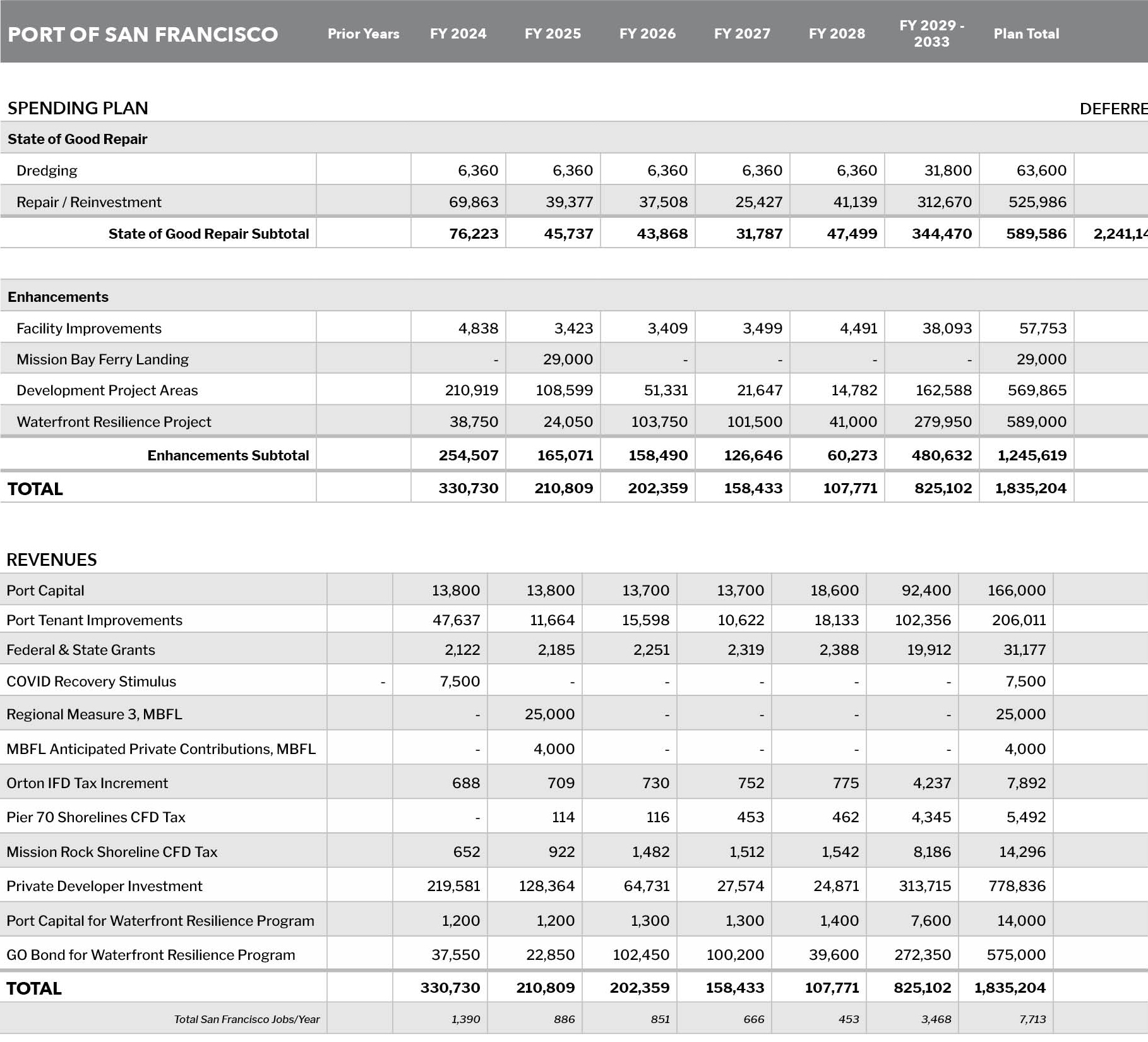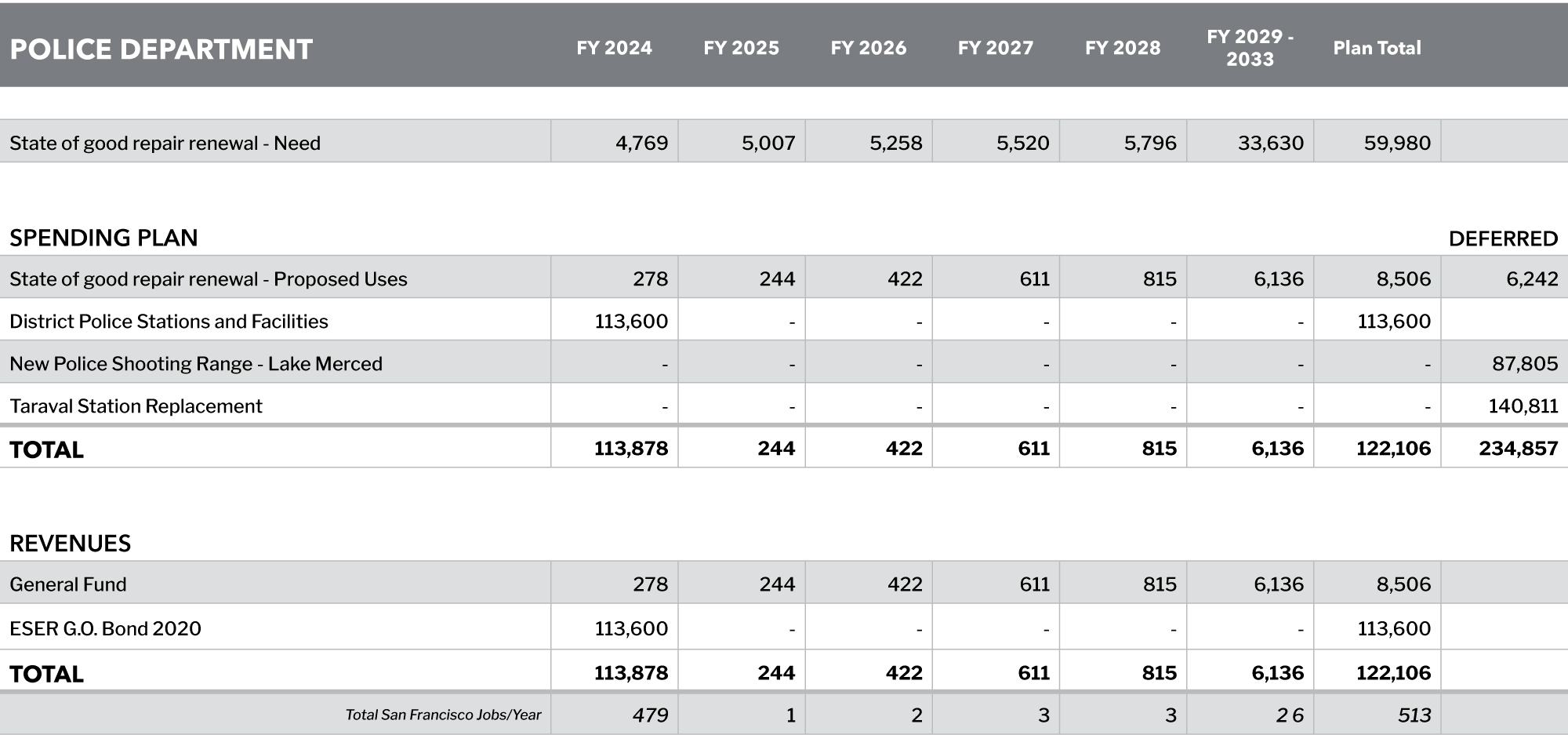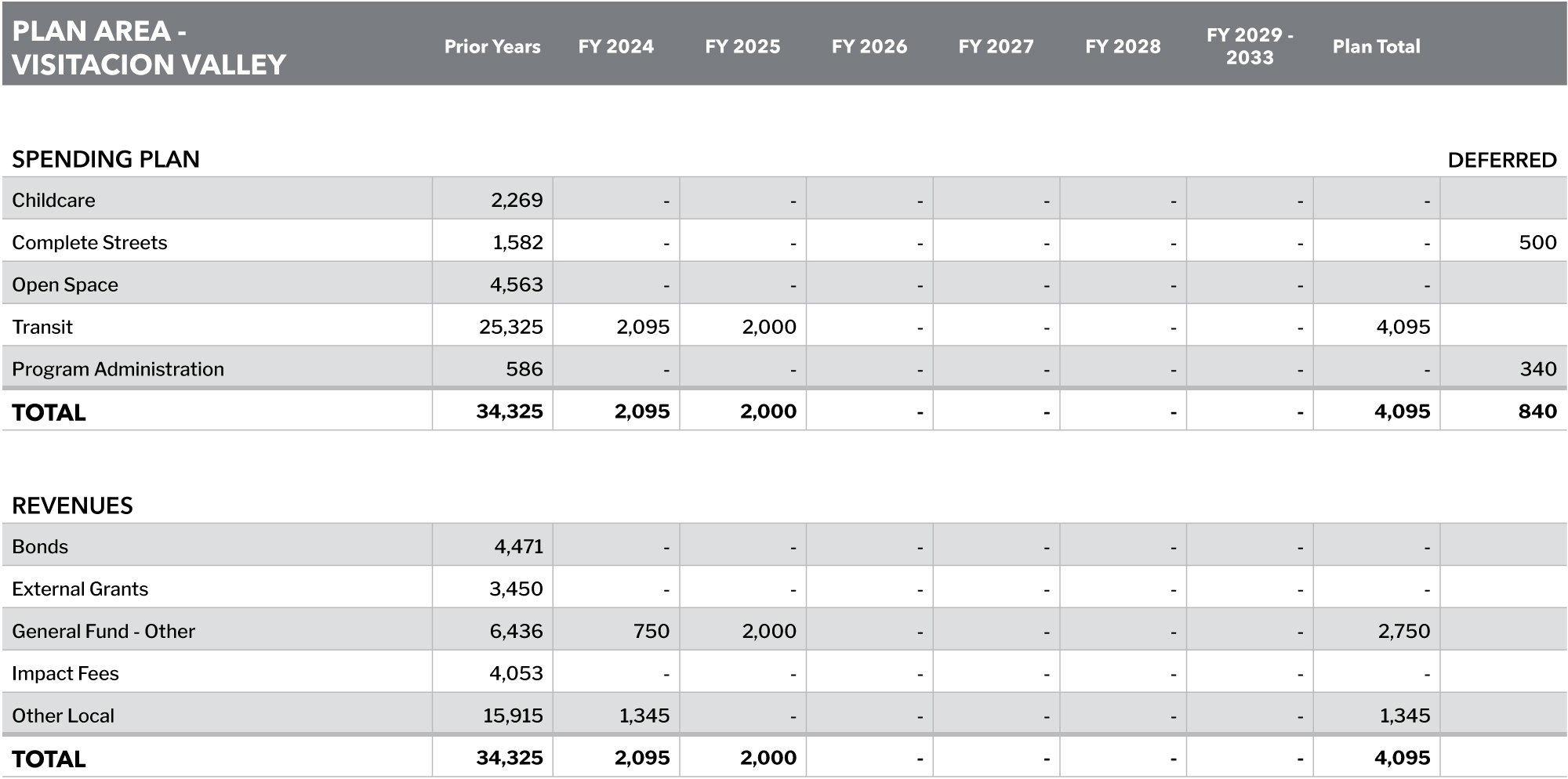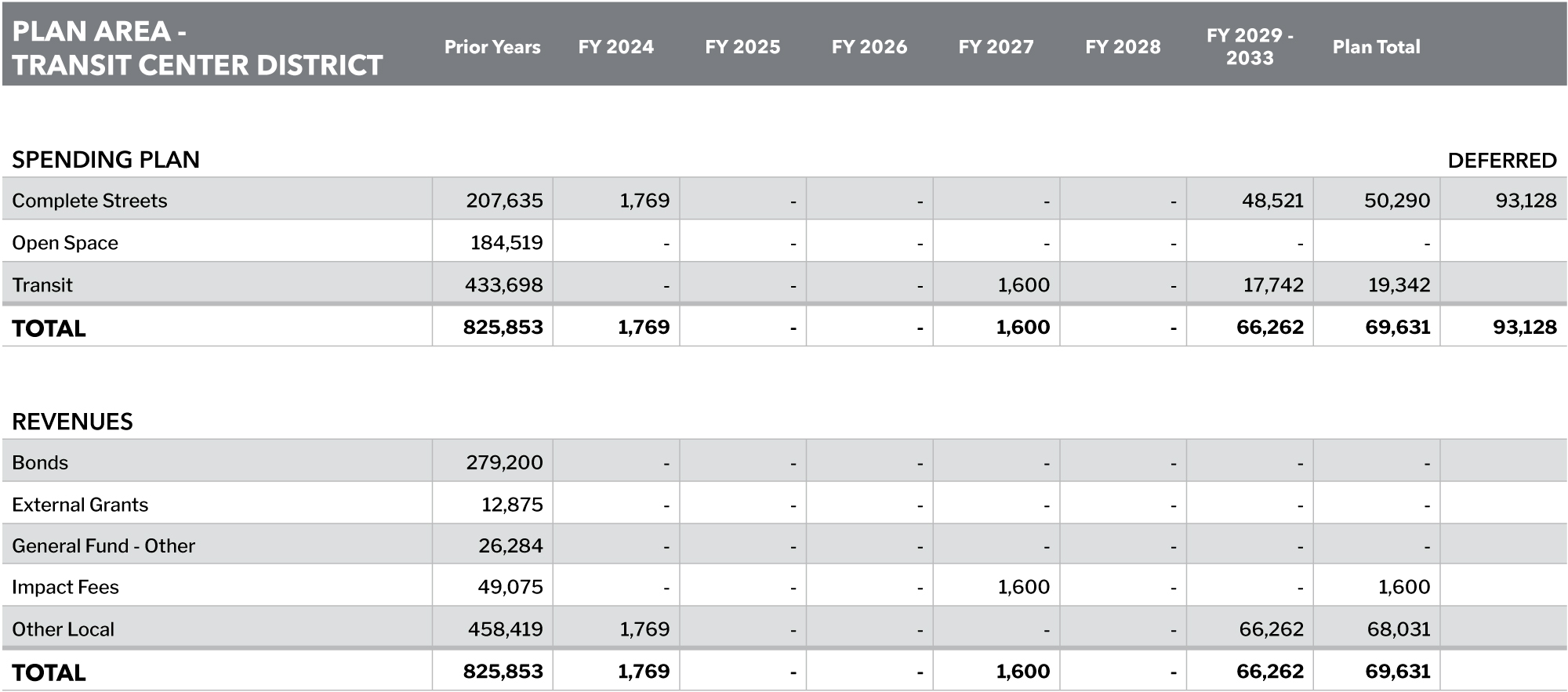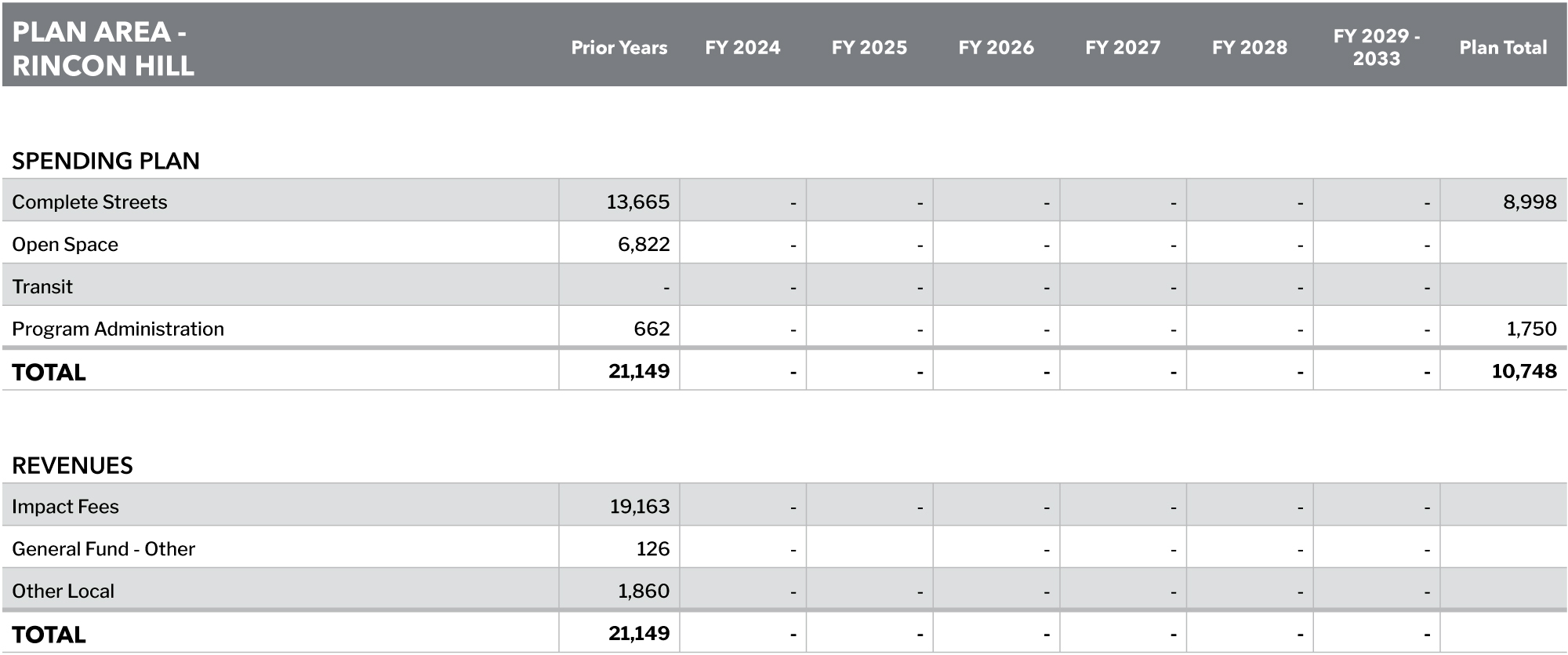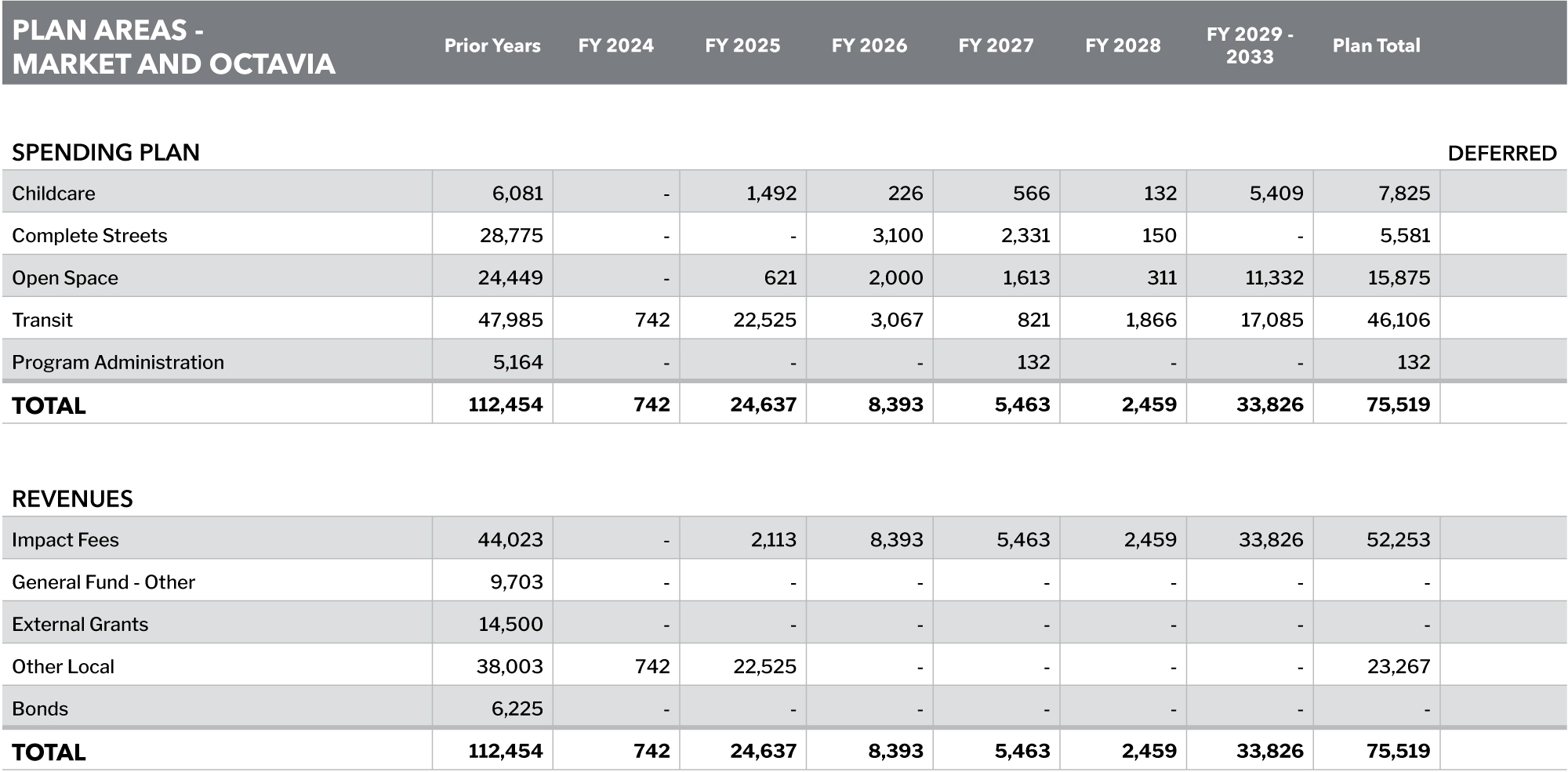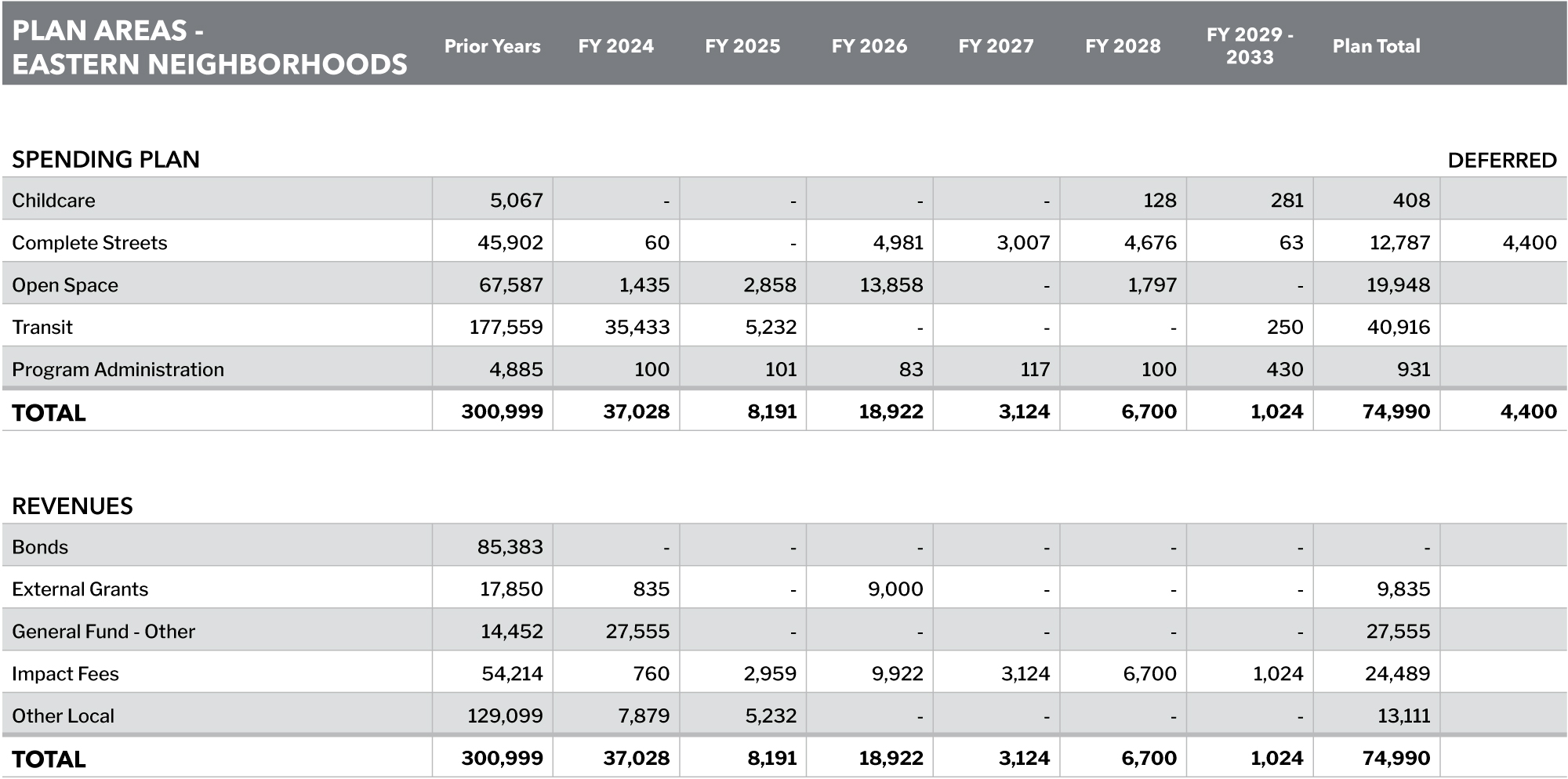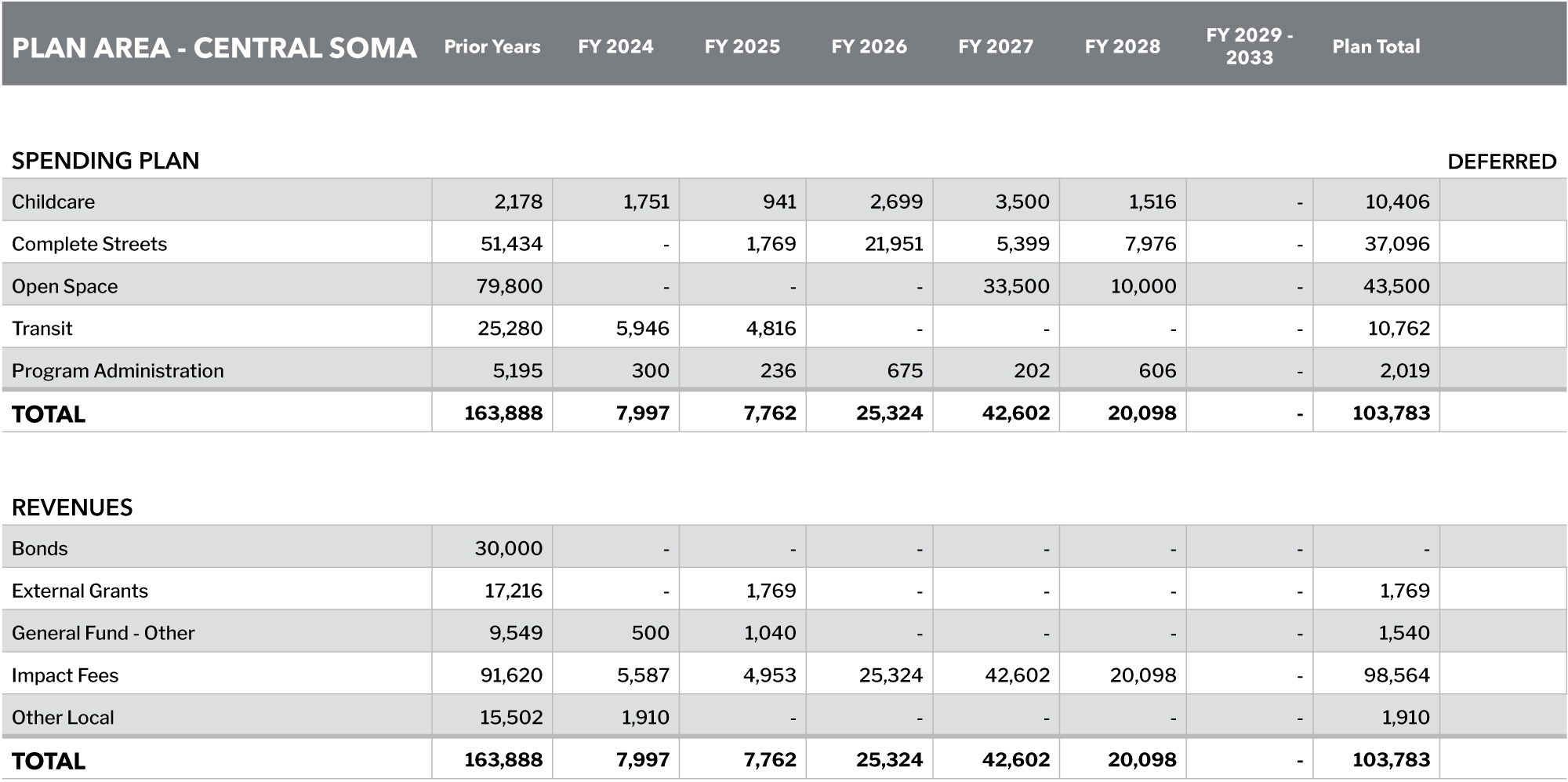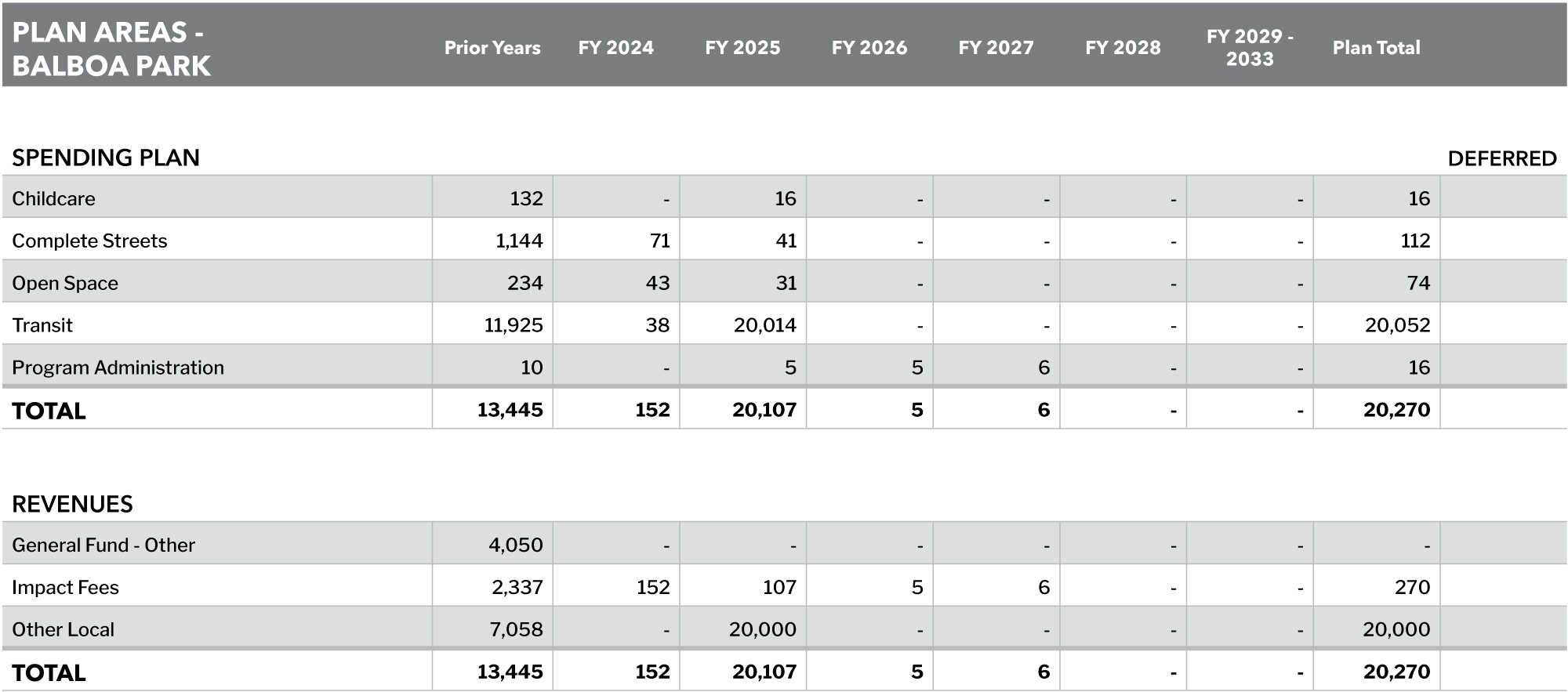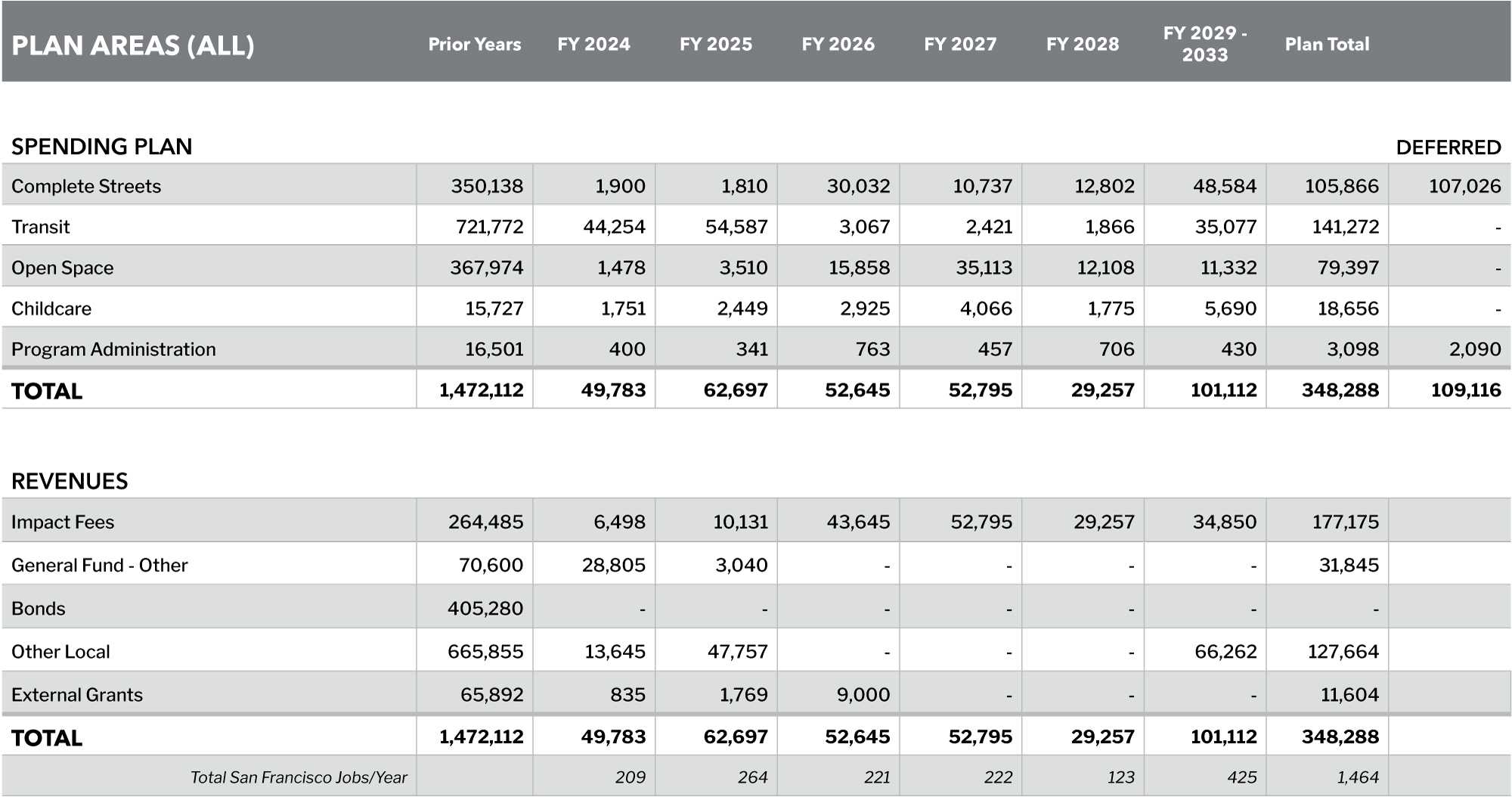2024 - Appendix E - Port of San Francisco
The Port of San Francisco is responsible for the seven and one-half miles of San Francisco waterfront adjacent to San Francisco Bay. The Port manages, maintains, develops, markets, and leases all of the property in this area. The Port's operating portfolio is composed of approximately 580 ground, commercial, retail, office, industrial, and maritime leases, including leases of many internationally recognized landmarks such as Fisherman's Wharf, Pier 39, the Ferry Building, and AT&T Park, home of the San Francisco Giants baseball team.

